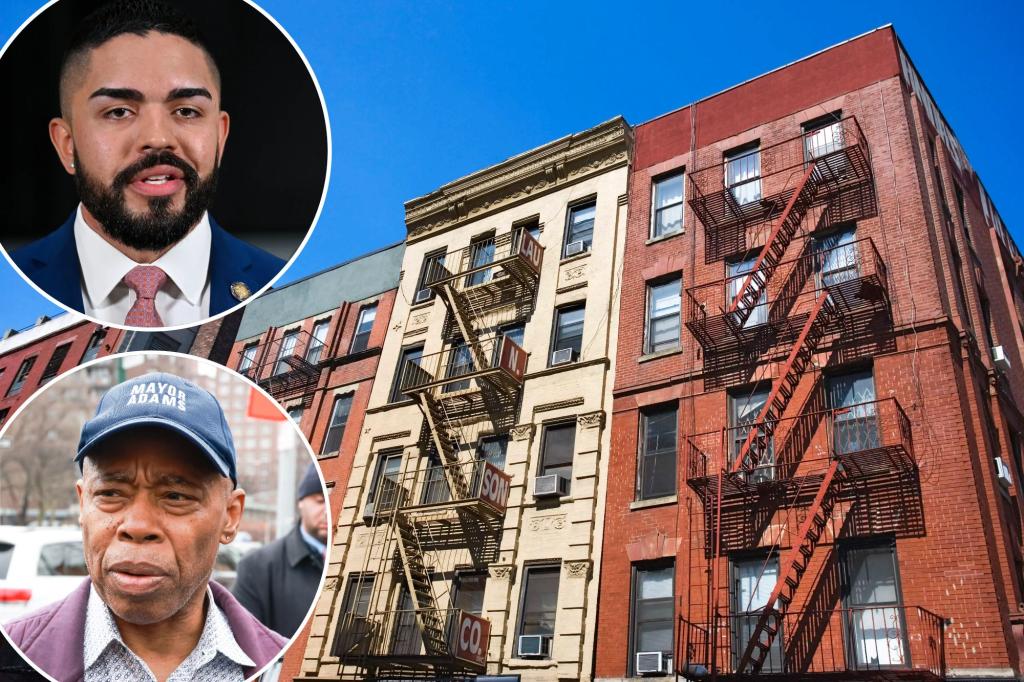New York City’s housing crisis, characterized by exorbitant prices and scarce vacancies, demands immediate attention. A recent federal housing survey highlights the severity of the situation, revealing a vacancy rate of a mere 1.4%, a stark decline from 4.54% in 2021. Simultaneously, median monthly rent has continued its upward trajectory. This dire situation has spurred a search for solutions, including Mayor Adams’ establishment of a Charter Revision Commission tasked with exploring ways to provide more affordable housing for working-class New Yorkers. A crucial aspect of this exploration involves a critical examination of the city and state’s housing policies, particularly rent regulation, which governs nearly a million rent-stabilized apartments. While beneficial for those fortunate enough to secure such housing, a growing consensus among economists suggests that rent stabilization negatively impacts the overall housing market.
The detrimental effects of rent control have been a subject of economic research for decades. Early studies identified the “misallocation of housing” as a key problem, where renters occupy apartments that don’t align with their actual needs simply because they are affordable. This can manifest as individuals living in oversized apartments or families crammed into small studios. More recent research from the Brookings Institution echoes these concerns, highlighting the reluctance of tenants in rent-controlled apartments to move, even if their housing needs change. This further exacerbates the misallocation problem and limits housing options for others. Census data supports these findings, showing significantly lower mobility rates among rent-stabilized tenants compared to those in market-rate housing. This limited turnover creates a bottleneck in the housing market, hindering access for newcomers and families seeking larger spaces. Furthermore, data reveals that a significant portion of rent-stabilized tenants are not low-income, further raising questions about the efficacy and fairness of the system.
Rent control’s unintended consequences extend beyond misallocation. Economists have identified several other negative impacts, including a redistribution of income that can favor tenants at the expense of landlords. This disruption of the natural market flow can discourage investment in housing stock and lead to a decline in property quality. Studies have shown a correlation between rent control and reduced maintenance, resulting in deteriorating living conditions even for rent-stabilized tenants. This is reflected in New York City’s housing data, which reveals a higher incidence of tenant complaints regarding rodents, leaks, and heating issues in rent-stabilized units compared to market-rate units. The financial constraints imposed by rent control can discourage landlords from making necessary repairs, leading to a further decline in housing quality.
The long-term effects of rent control can be even more severe, potentially leading to the abandonment of buildings by owners who cannot recoup the costs of essential repairs. This is particularly problematic in older rent-regulated buildings that require significant investment to meet modern standards. The situation is exacerbated by recent legislation that further limits rent increases, even for major capital improvements. This has resulted in a growing number of vacant “ghost apartments” that remain uninhabitable due to lack of investment. Landlords struggle to secure financing for repairs due to the limited potential for return on investment, further perpetuating the cycle of decline. The current system, therefore, disadvantages both tenants and landlords, highlighting the urgent need for reform.
The experience of Buenos Aires, Argentina, offers a potential pathway for New York City. The recent abolishment of rent controls in the city has led to a surge in rental supply and a decrease in real rental prices, despite some nominal increases. While simply replicating this approach might be challenging in New York City’s complex regulatory environment, exploring options like deregulation of vacant units could offer a less disruptive starting point. This would allow landlords to invest in necessary repairs and bring vacant units back to the market without affecting existing tenants. Other potential measures include reducing property taxes or water rates for regulated units to ease the financial burden on landlords. Furthermore, considering the relatively small difference between market-rate and regulated rents in some neighborhoods, combined with the potential influx of renovated vacant units, the impact of deregulation might be less dramatic than anticipated.
Beyond benefiting renters and landlords, reforming the rent regulation system could also lead to significant cost savings for the city. Eliminating or streamlining the Rent Stabilization Guidelines Board, which sets rent increases and monitors compliance, could free up resources for other pressing needs. Additionally, it would alleviate the administrative burden on property owners who currently face complex registration requirements and potential fines for non-compliance. While legal challenges to the current system have been unsuccessful, the changing political landscape at the federal level might offer new opportunities for reform. The federal government’s substantial financial contribution to New York City’s budget could be leveraged to encourage changes in rent regulation, potentially paving the way for a more market-oriented approach that addresses the needs of both tenants and landlords. Ultimately, a comprehensive reassessment of rent regulation is crucial for creating a more sustainable and equitable housing market in New York City.

